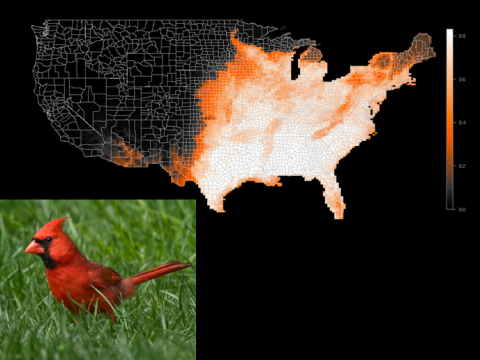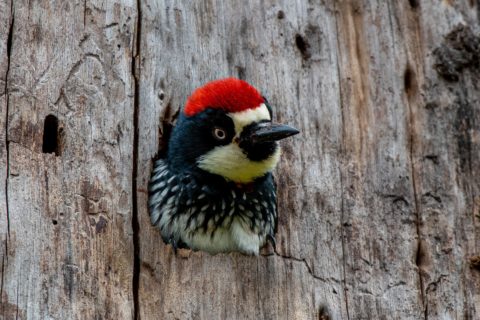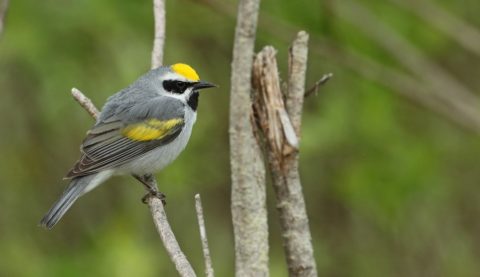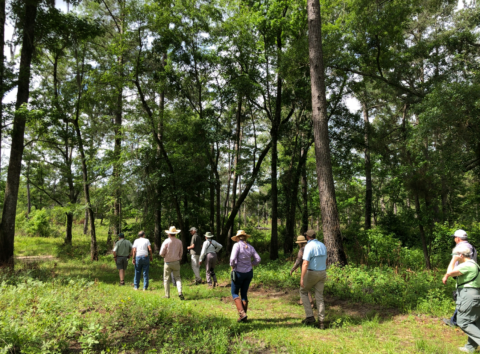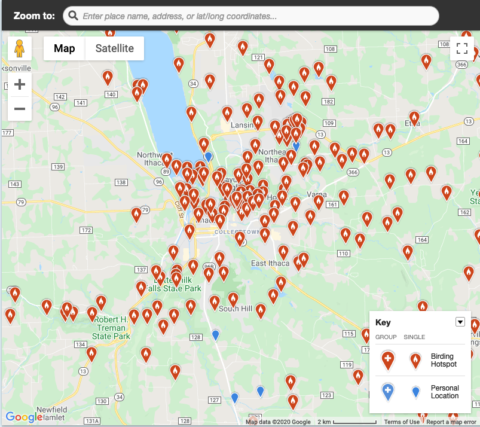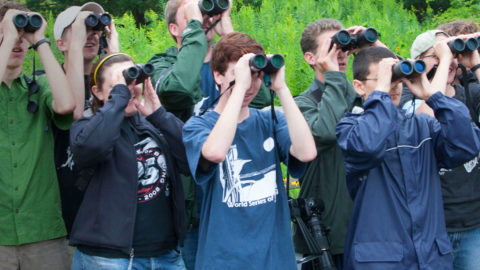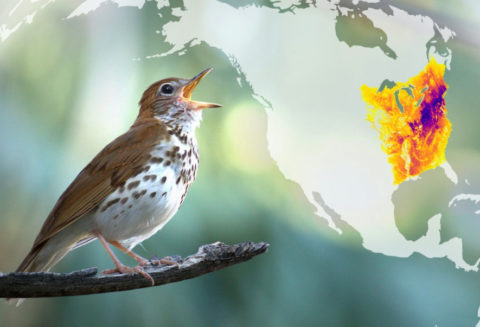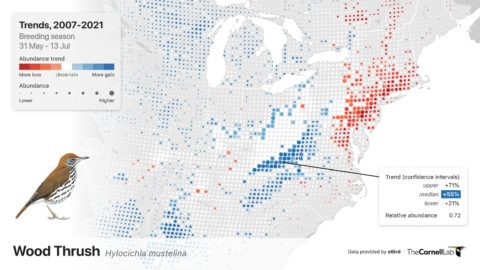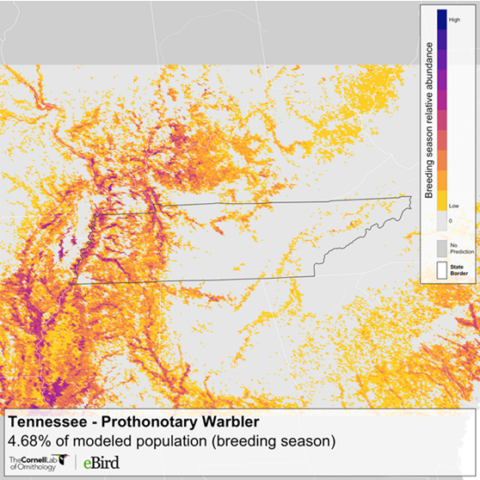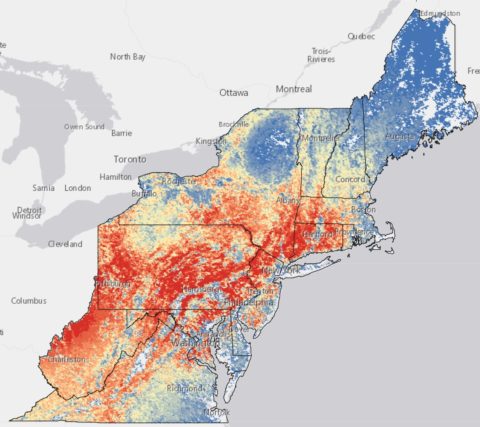Identify the birds you see or hear with Merlin Bird ID
Merlin Bird ID helps you identify birds you see and hear. Merlin is unlike any other bird app—it’s powered by eBird, the world’s largest database of bird sightings, sounds, and photos.
Bird ID by Description
Answer three simple questions about a bird you are trying to identify and Merlin will give you a list of possible matches. Merlin offers quick identification help for all levels of bird watchers to help you learn about the birds across the Americas, Europe, Asia, Africa, and Oceania.
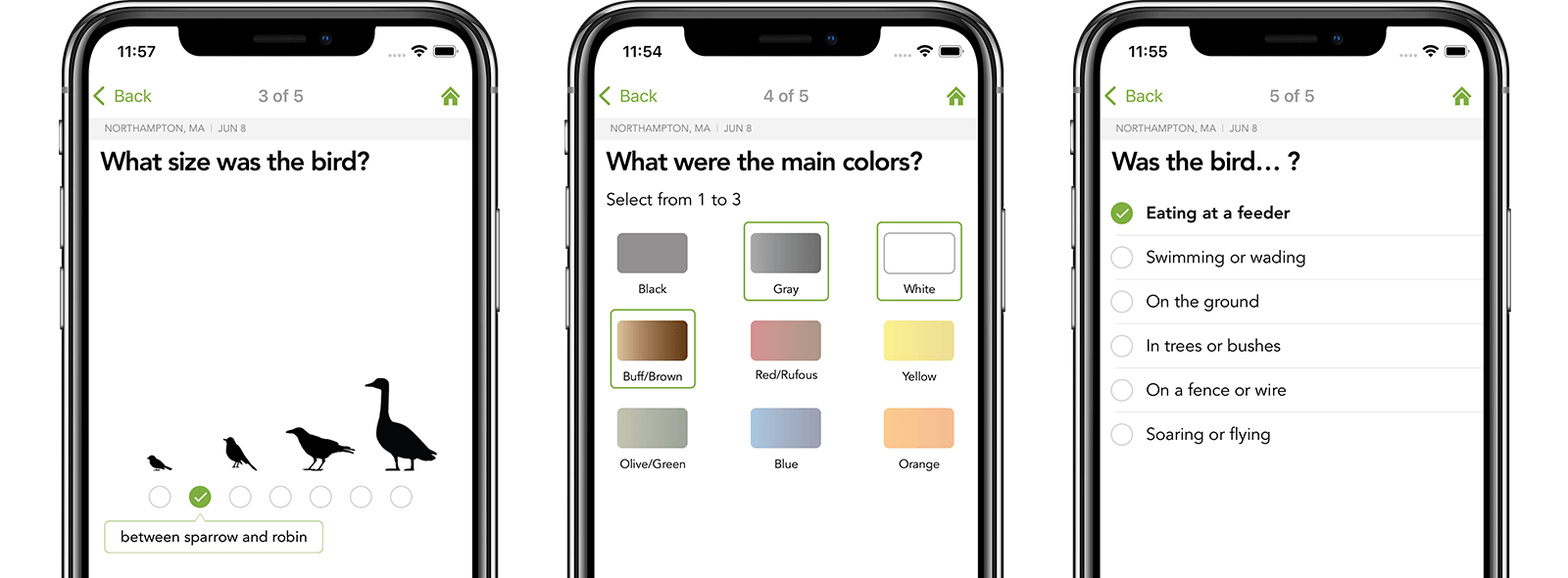
Identify Bird Songs and Calls
Sound ID listens to the birds around you and shows real-time suggestions for who’s singing. Compare your recording to the songs and calls in Merlin to confirm what you heard. Available for birds in the US, Canada, and Europe. More species and regions coming soon.
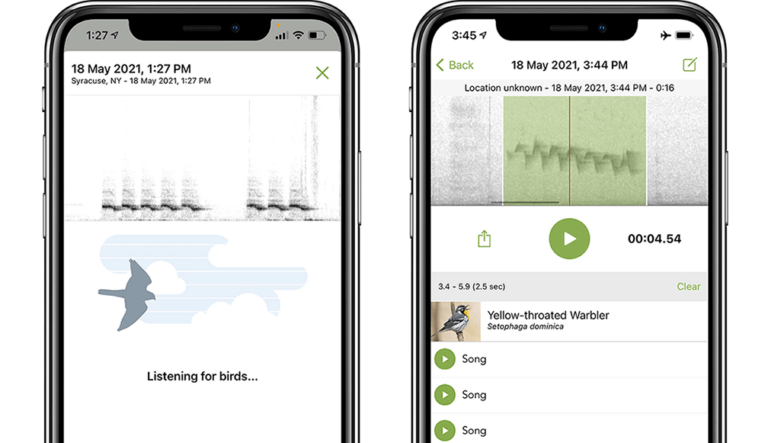
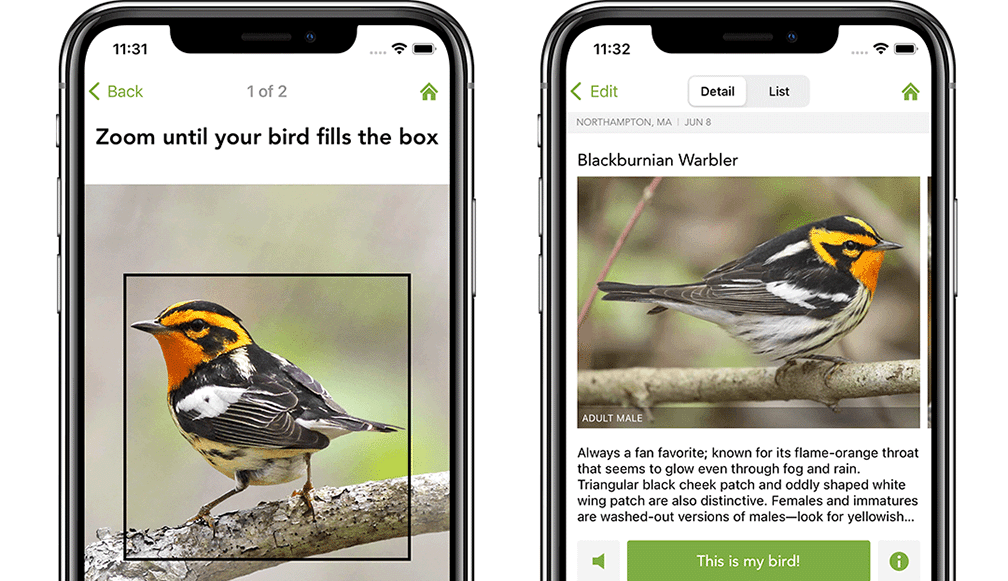
Identify Birds in a Photo
Snap a photo of a bird, or pull one in from your camera roll, and Photo ID will offer a short list of possible matches. Photo ID works completely offline, so you can identify birds in the photos you take no matter where you are.
Save Birds to Your Life List
Build a digital scrapbook of your birding memories with Save My Bird. Tap “This is my bird!” each time you identify a bird, and Merlin will add it to your growing life list.
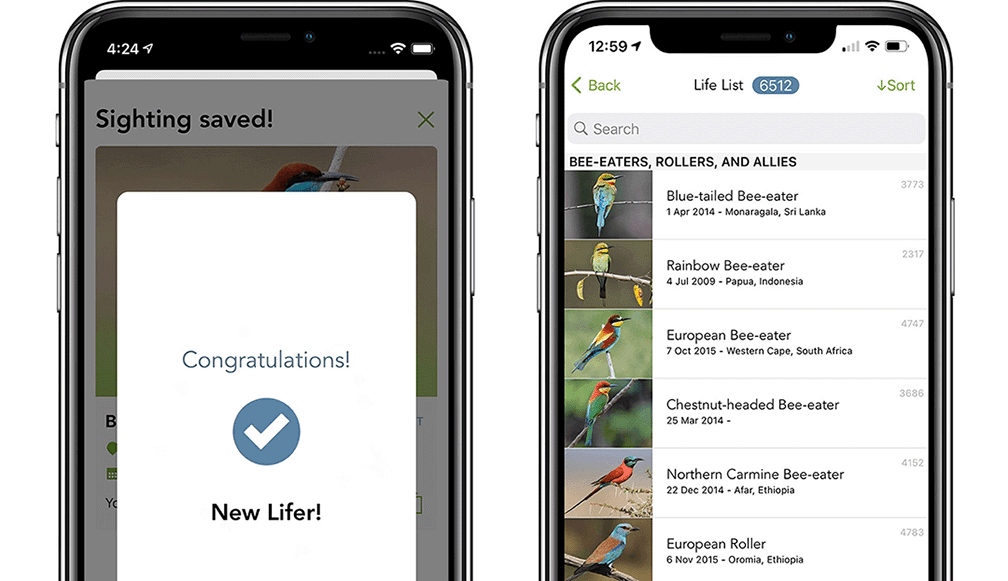
Explore Lists of Birds Near You
Merlin is powered by eBird, allowing you to build custom lists of the birds you’re likely to spot wherever you are. Use the filter options to explore birds for different locations or time of year, or switch to show all the species in the Bird Packs you’ve downloaded. Get more from the app with these Merlin Tips and Tricks.
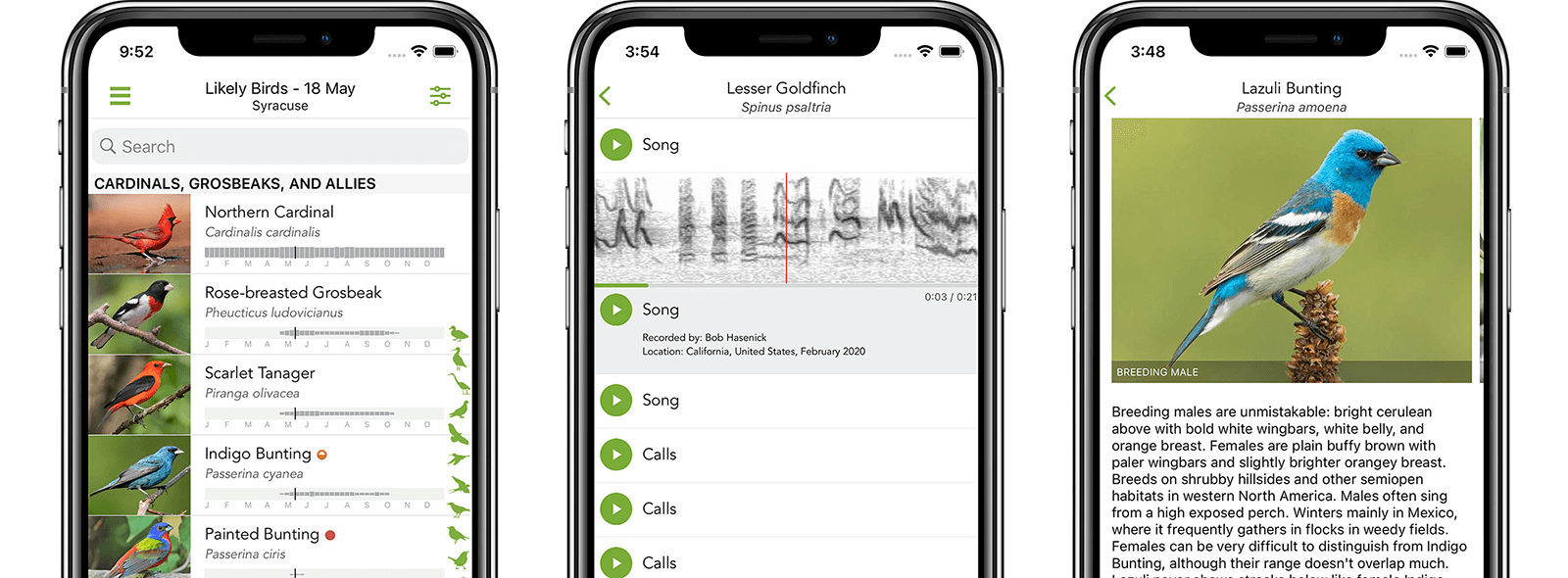
Benefits for Land Trusts
Merlin is a great tool for community science volunteers who want to contribute to your bird monitoring data, but may lack the birding experience. Volunteers can enter your land trust property’s town as the location and view a list of birds they are most likely to encounter based on eBird observations submitted in the area. From here, they can prepare by listening to calls and songs especially those of endangered and/or target bird species. Volunteers can also record bird songs in real time out in the field and share them with more confident birders should they have any trouble with ID.



